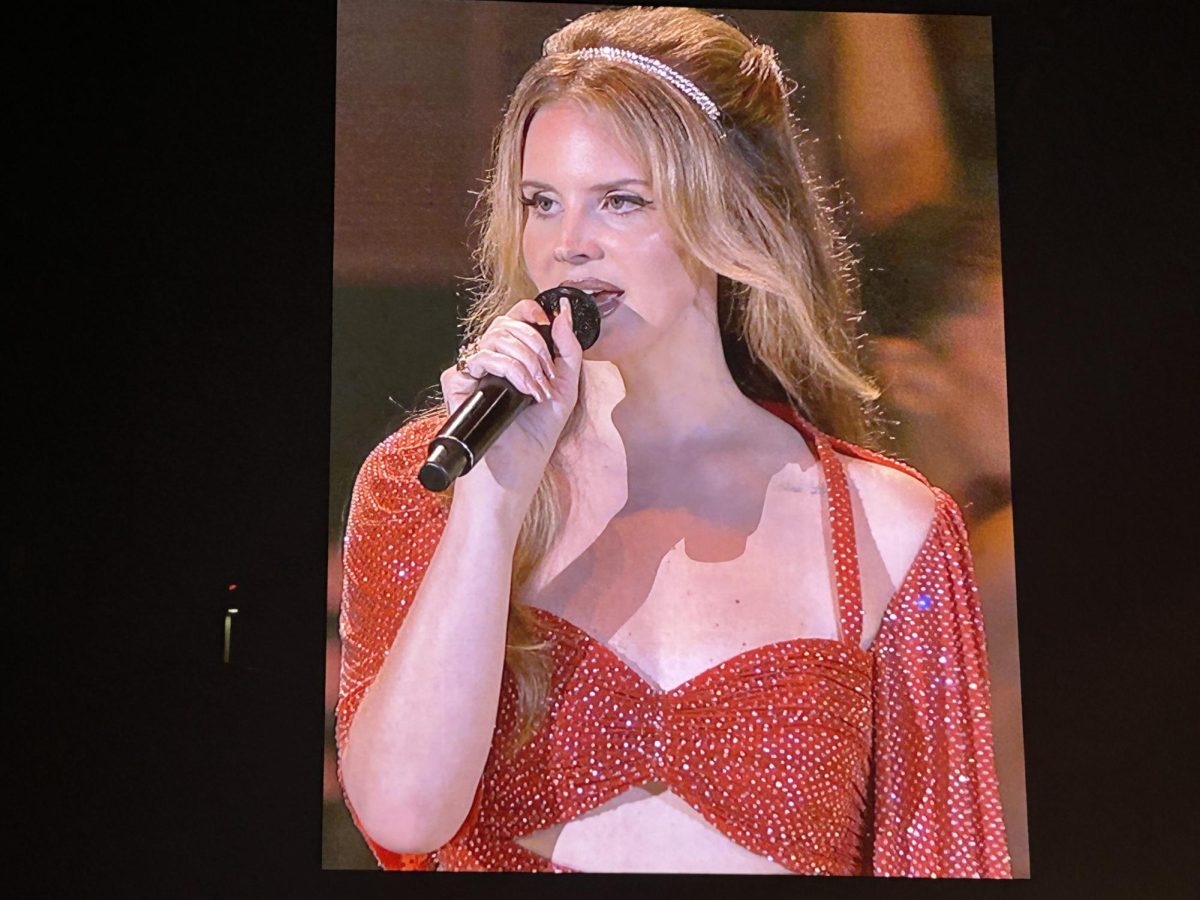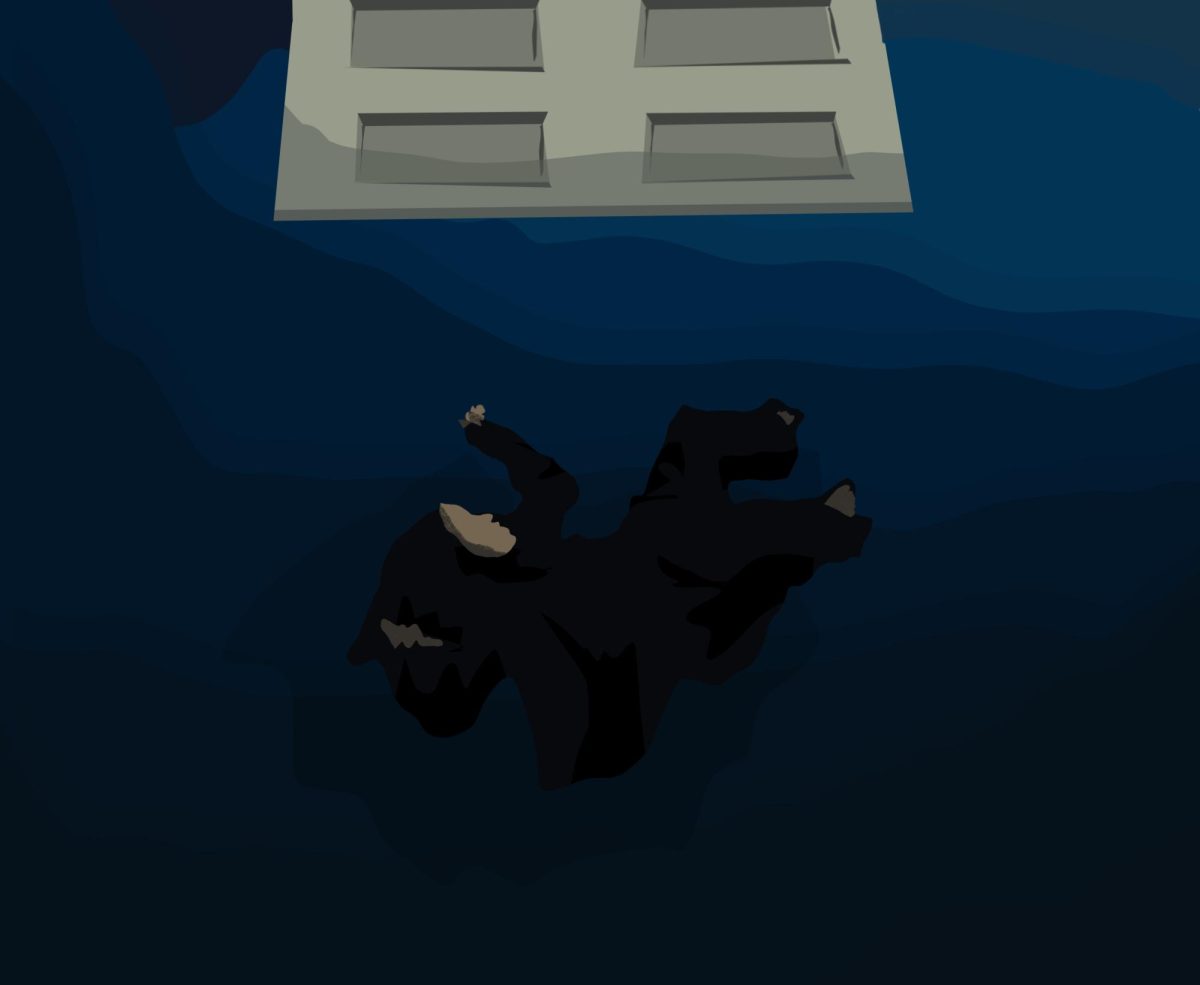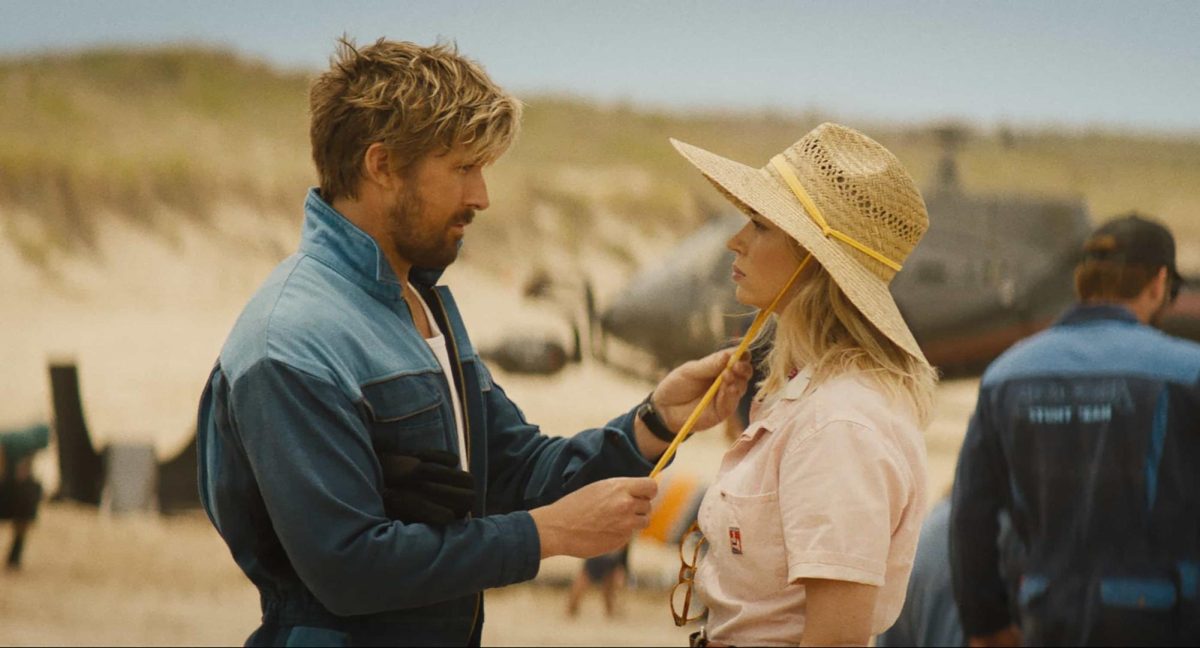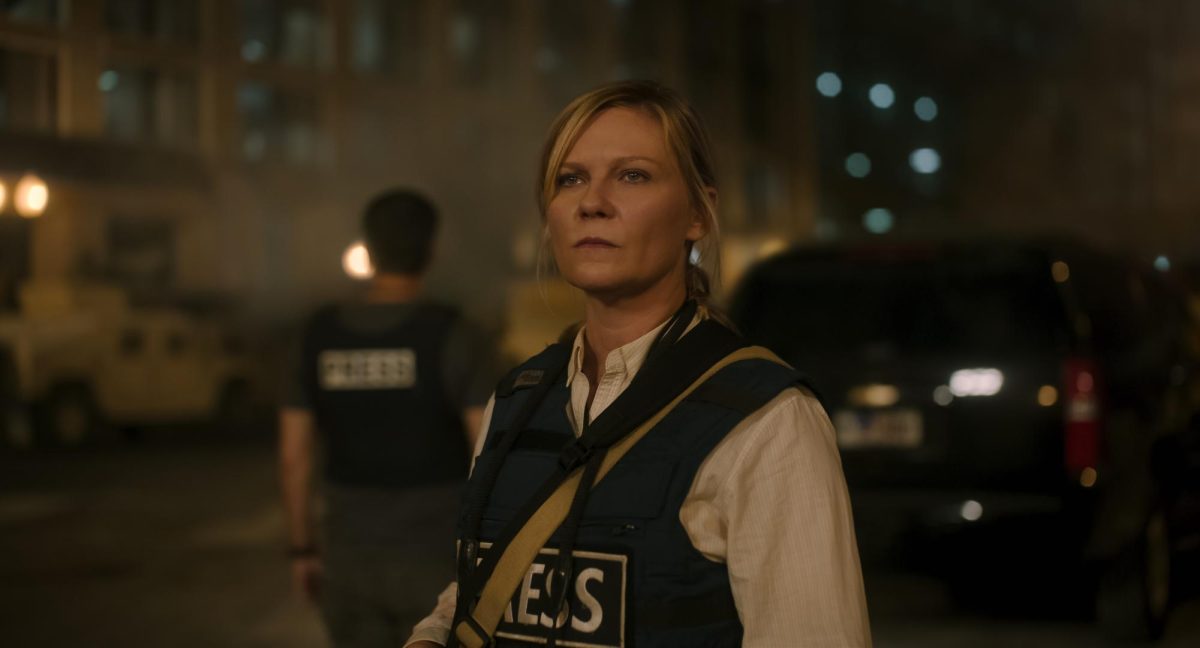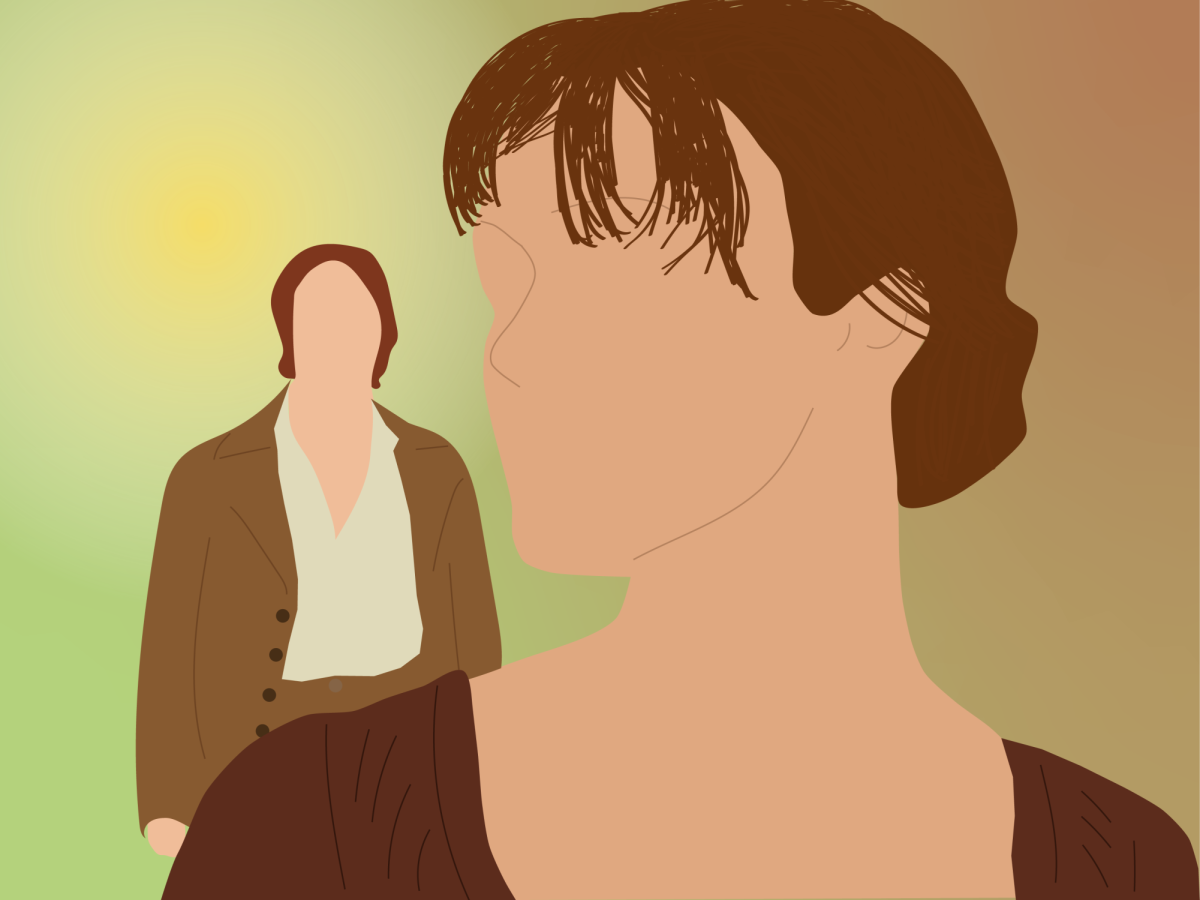“Dune: Part Two” had an uphill battle to match the great sci-fi sequels. The follow-up to Denis Villeneuve’s 2021 adaptation of Frank Herbert’s 1965 novel, “Dune,” has been filled with casting hype, extensive press tours and praise leading up to its release.
Picking up right where “Dune” left off, “Part Two” follows Paul Atreides (Timothée Chalamet) as he journeys into the deserts of Arrakis with the native Fremen, earning Chani’s (Zendaya) and Stilgar’s (Javier Bardem) trust while doing so. Meanwhile his mother, Lady Jessica (Rebecca Ferguson) of the secretive society of witches — the Bene Gesserit — sows the seeds among the people that Paul is the “Lisan al Gaib,” the Fremen’s long-prophesied savior.
The ensuing plot sprawls from Giedi Prime, the grayscale home planet of the Harkonnens — whom Paul seeks revenge against for killing his father — to the sands of Arrakis. Paul struggles with the idea that he may be the Fremen’s savior, while Baron Vladimir Harkonnen (Stellan Skarsgård) plots to finish what he started in the first film: wiping out the Atreides and assuming control of the coveted Arrakis.
“Part Two” is every bit as grand and epic as promised. Clocking in at 2 hours and 46 minutes, its pace is breakneck, and there is rarely a moment to breathe. Breaks in white-knuckle action are often dialogue-heavy, the story moves forward smoothly.
One of the weaker points of “Dune,” of which there are few, was its storytelling. Exposition often felt wordy, and there was a creeping sense that the film existed solely to prop up the then-unconfirmed sequel. In “Part Two,” Villeneuve’s vision for a mainstream, once-thought-unfilmable adaptation of a sci-fi epic is fully realized.
The improvement in the storytelling lies in writers Villeneuve and John Spaihts’ healthy mixture of trusting the audience to follow the plot’s many tendrils and knowing when to provide a helpful line of exposition.
This allows scenes to truly breathe: As the worm riding and black-and-white gladiator arenas fill the screen and legendary composer Hans Zimmer’s score pounds with chants, drums and guitar strokes, the creeping thought that “Part Two” is a true, cinematic event becomes increasingly undeniable.
While heart-palpitating storytelling is nothing new for Villeneuve’s work, the history behind translating the “Dune” novel from page to silver screen is rife with trial and error. David Lynch, a master of strange and uncanny films, tried his hand at bringing Arrakis to life in 1984. The film flopped, both critically and financially, and seems to be the butt of a joke among fans rather than a respected attempt at filming the unfilmable.
The trial and error of the past lends to the spectacle of Villeneuve’s vision now. Many works, such as Cormac McCarthy’s western opus “Blood Meridian,” are thought to be unfilmable. Longtime fans of the “Dune” novel likely never could have imagined Paul riding the massive sandworm, Shai-Hulud, on the big screen.
Such moments, and many others in “Part Two,” fit the grandiose nature of the film, but what is equally impressive is the translation of the novel’s themes.
The novel is rife with ideas. Truthfully, almost any theme under the sun can be pinpointed as being a core component of the book. The films synthesize religious propaganda, prophecy and colonialism and extrapolate them across a complicated-but-not-so-complicated story of rival houses jousting for power — a true push and pull to reign supreme.
Working in lockstep is the religious influence of prophecy and the manipulation of the native population of Arrakis, the Fremen. They are forced to believe Paul is their savior, and their gradual turn from honorable to zealot is the backbone of the film. Bardem’s Stilgar aptly personifies the radicalization a promised messiah can cause. Introduced in the first film as a stern leader, by the end of “Part Two,” he becomes a fanatic follower of Paul after a series of events that Lady Jessica orchestrated, “naturally” fulfilling the Fremen prophecy.
The juggling act of weighty themes is a difficult one to pull off — especially in a blockbuster sci-fi film engineered for mainstream audiences. The manipulation of the Fremen and the ensuing chaos is believable, not just through slick writing that trusts the intelligence of the audience, but powerful performances that provide the necessary gravity and stakes.
Chalamet, an icon among younger audiences for his roles in “Lady Bird” and “Wonka,” delivers a cavalcade of range as the film’s protagonist. His transformation from an unsure warrior fearful of becoming a leader to a tragic, determined pseudo-dictator forced into a holy war is gradual at first but accelerates during the film’s back end. As he storms the Fremen war council and professes himself their leader, it almost felt as if the floors of the theater were quaking under his bellows.
Matching Chalamet’s command in the climax of the film was Austin Butler’s Feyd-Rautha Harkonnen, the nephew of the Baron. Butler’s Oscar-nominated performance as Elvis was acclaimed by as many as it was derided — especially as the “Elvis accent” still follows Butler to this day. In “Part Two,” Butler sheds the glitz and boisterousness of the past and turns in a ruthless and calculated showing as the film’s primary villain.
He snarls, ponders and mocks — and, ultimately, Butler injects the film with a chaotic malevolence necessary to juxtapose Chalamet’s reserved, yet igniting presence. Across the board, from the film’s headliners to Ferguson, Bardem and even some surprise appearances, the ensemble delivers a collective, unique shotgun blast of performances that litter the lengthy film with exciting personalities. Simply put, the characters are just plain fun to watch.
As much of a triumph as it should be a stamp of approval on studios’ willingness to take these risks, “Dune: Part Two” is a once-in-a-lifetime movie. A passing Halley’s Comet in film form, this combination of up-and-coming and legacy actors, an acclaimed director at the top of his game, pristine work from the visual effects team and a roaring score fulfills more than one rare achievement in filmmaking. It is not only a respectful adaptation of an iconic book, but an independent vision chock full of relevant themes and a proud entry into the short list of legendary blockbuster sequels.










